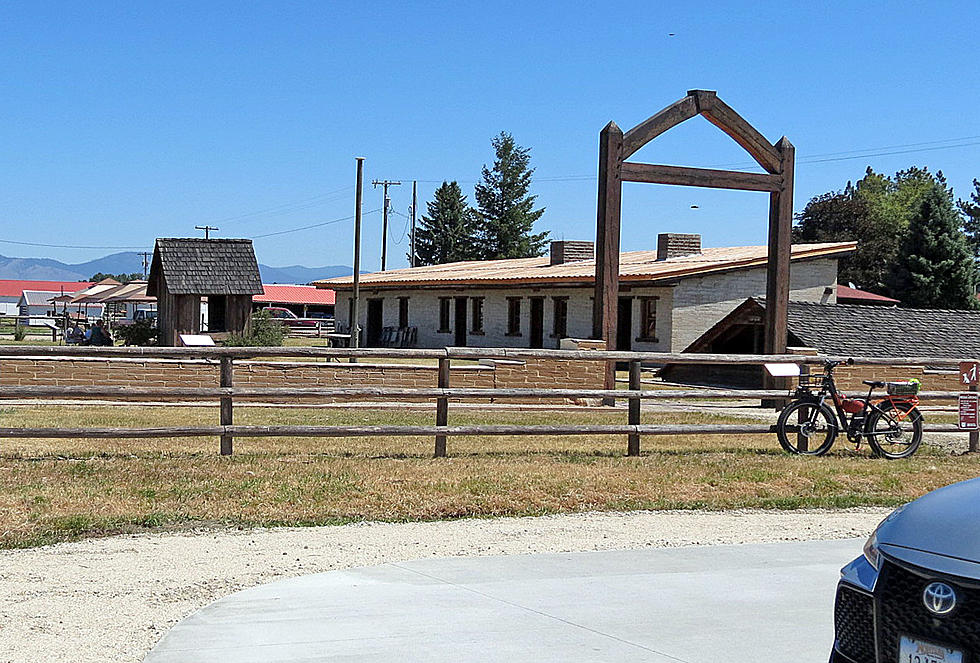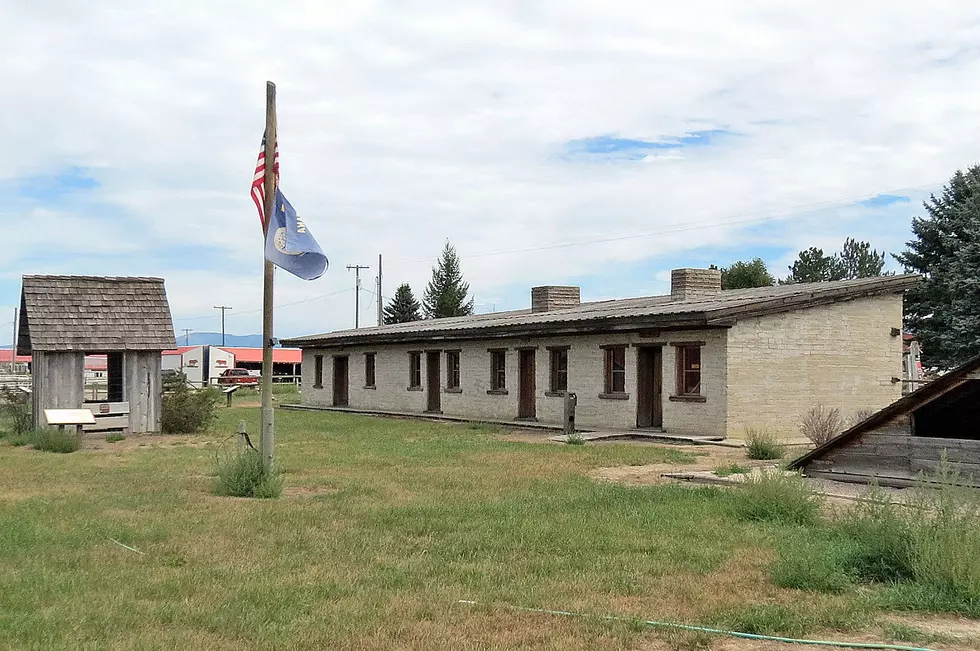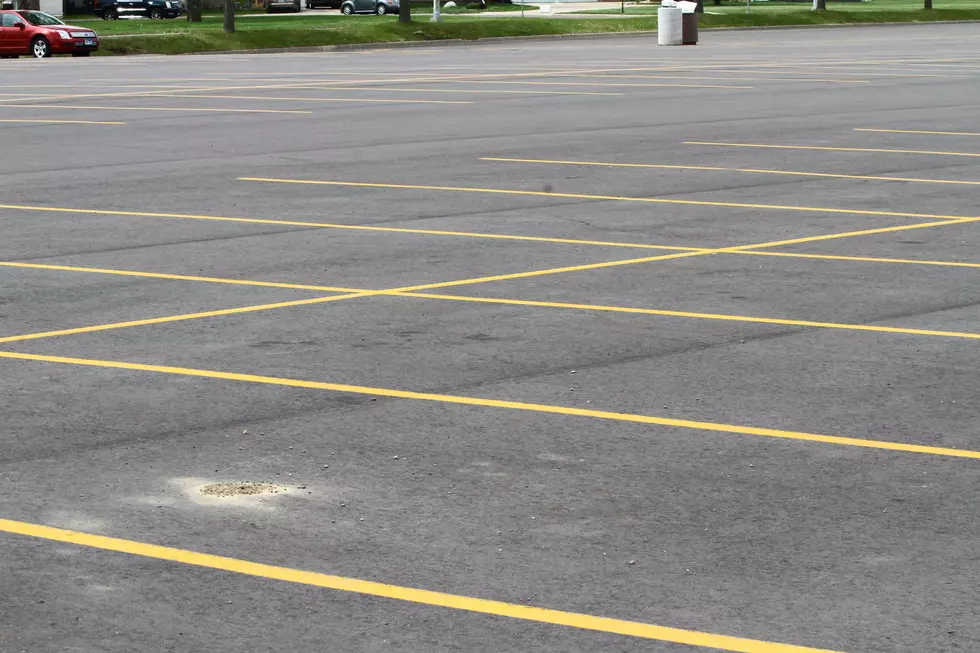
Stevensville’s Fort Owen Is Open Again
Historic Fort Owen State Park officially re-opened to the public today, July 1. Major John Owen built Fort Owen in the Bitterroot Valley in 1850. Over the years, much of the fort fell victim to the weather until it became at Montana State Park. Even then, the age of the buildings required more work.
So, last October, the small park north of Stevensville was closed for major work, including a new roof for the remaining barracks of the structure. The other major improvement is a much larger parking lot (photo below), which even has an area for larger vehicles, such as motorhomes or buses. The area was enlarged with cooperation from the nearby ranch, and the Montana Fish, Wildlife and Parks (FWP) thanks them.
The closure allowed FWP to do an inventory of cultural resources to help design the parking area and allowed clearer separation of the park property from the ranch. Fort Owen is listed on the National Register of Historic Places and you can easily do a self-guided tour of the property and stroll in the east barracks to literally "step back in time." There are interpretive displays and artifacts in the building.
The Stevensville area is home to Montana's first Catholic church, founded by Father Pierre DeSmet in 1841, where Father Anthony Ravalli made his home and is buried in the cemetery behind St. Mary's Mission, another "must-see" historic area in Stevensville. And, yes, Ravalli County was named in honor of Father Ravalli. Fort Owen is open to the public from 9 a.m. to 6 p.m. daily. To reach the park, turn off U.S. 93 at the Stevensville Cut-off road and head east. Before you get to town, you'll see the sign leading you to the parking area north of the cut-off road.
LOOK: Stunning animal photos from around the world
More From 96.9 Zoo FM









